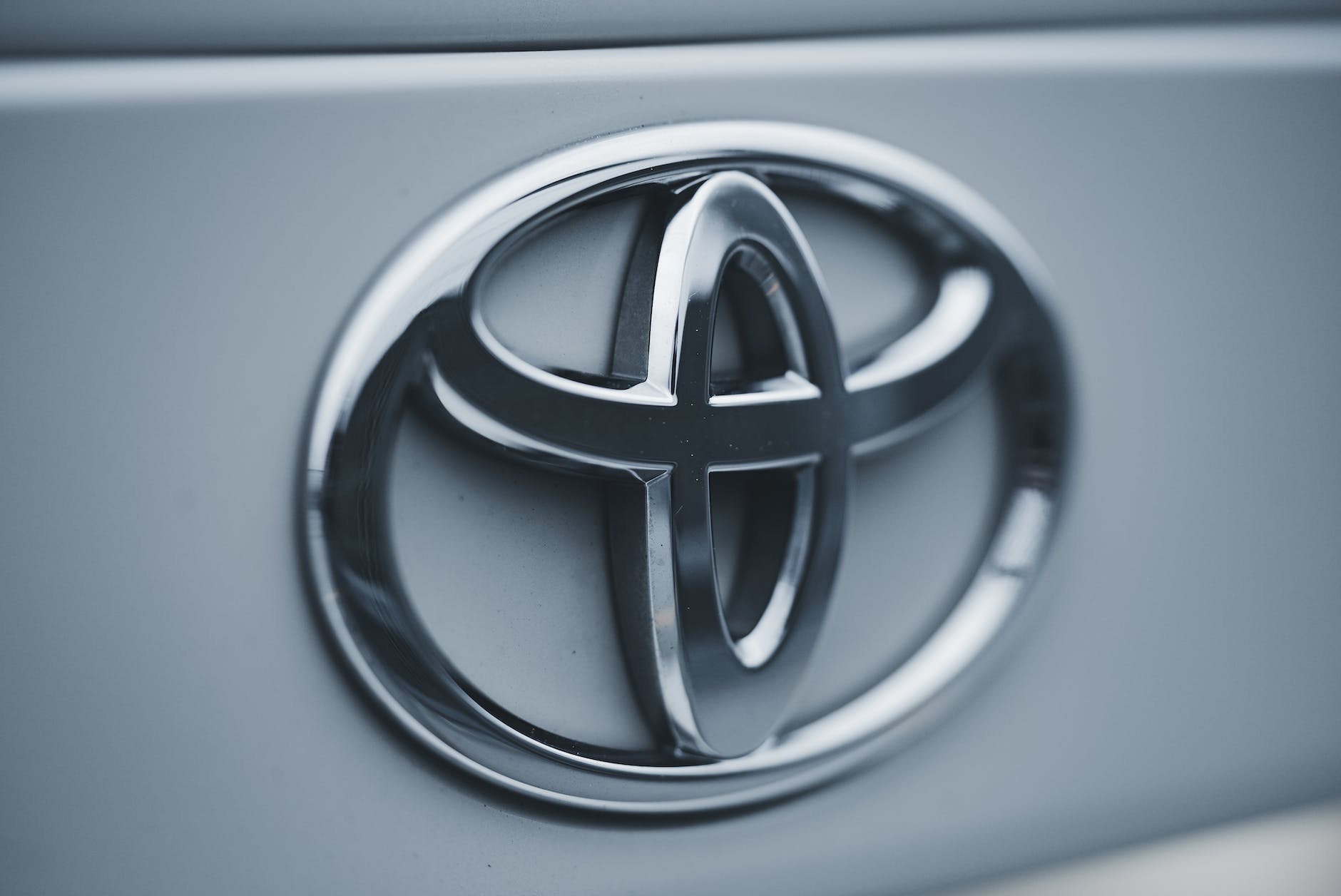Automobile
The lopsided market structure of the automobile industry

Cars are supposed to go down in value. Here they are a fixed asset.
An automobile is supposed to be a depreciating asset. An asset which is used and over time its value depreciates as wear and tear takes hold, and new technology results in better, and safer cars. In Pakistan, it is the complete opposite. A protectionist regime which has protected the incumbents for almost three decades now continues to manufacture cars which are not just expensive relative to other regional markets in US$ terms, but also of substandard quality, often skimping on technological advances available in similar models in other regional, and global markets.
In presence of a protectionist regime, competition from imported automobiles is discouraged through an excessive duties regime. In absence of competition from imported automobiles, local manufacturers do not have the incentive to improve their product offering resulting in a welfare loss for consumers, as they continue to pay a higher price for substandard automobiles, relative to the choice set available in other markets.
Through an extended protectionist regime, and absence of any external competition, local manufacturers increase prices every few weeks, often pegging the prices with parity of PKR against major currencies. Any depreciation in PKR results in increase of prices locally by a proportionate, or higher increase in prices.
Furthermore, as demand often outstrips local supply, there is an extended wait time for delivery of automobiles, often stretching from six months to even one year in many cases. In-effect, an automobile buyer will have to pay a certain percentage of the price in advance for booking, following with full payment. Furthermore, any price increases during this period are also borne by the customer. Such an erratic pricing and payment regime as well as waiting times extended to twelve months or more, automobiles have essentially become financial assets.
Many individuals even use automobiles as an asset class, given its strong correlation with value of PKR against major currencies. A depreciating PKR eventually results in an increase in price of automobiles. More importantly due to a long wait time, there exists a substantial premium for delivery of vehicles on spot. A premium of 10 to 15 percent is fairly common on various models, if someone wants the automobile on spot, or with a much shorter waiting.
Such market distortions have resulted in emergence of a class of investors who act as market makers, and pocket a sweet low-risk financial spread on automobiles bought and sold. Creation of a shadow financial market has also been made possible due to increasing prevalence of cash in the economy, with most transactions being done outside the financial system, devoid of any potential capital gains taxes, or even income taxes. A market distortion eventually having a ripple effect across the economy, from welfare loss to consumers, to creation of a shadow market.
There must be some kind of way out of here, said the joker to the thief. Jimi Hendrix uttered these words in his seminal work, all along the watchtower. The way out of a protectionism regime is creation of a vibrant, and more open market. Reducing duties on imports is one way to enable more competition, but an unintended consequence of increased automobile imports can be a deteriorating current account deficit situation given precarious state of our foreign exchange reserves. However, any such incremental imports must be compared with imports of Completely Knocked Down (CKD) units, and other components.
It is estimated that roughly 60 to 70 percent of components of an automobile sold in Pakistan are imported. In essence, we are importing a significant quantum of components regardless. Restricting imports further disincentivizes local automobile manufacturers to increase local production of components and reduce the import component. Increasing competition through reduction in duties and sticking with the policy rather than succumbing to pressure of the automobile lobby may actually benefit consumers in the long-run. A tiered taxation structure where a lower tax is applied on automobiles with higher proportion of local components, thereby making the automobiles relatively more affordable can also be a policy action to steer the industry towards a more competitive market regime.
Policy actions need to focus on enhancing consumer welfare, rather than safeguarding producer surplus. A protectionist regime rarely enhances consumer welfare and often results in creation of a market structure which even stunts growth of an industry when a global marketplace is considered. Automobile industry is a classic example of the same where adverse incentives has created more problems than it has solved. A gradual opening up of competition in the industry and ensuring policy continuity for the same would enable availability of better and affordable products for the local consumer. In essence protection of infant industries shouldn’t be till perpetuity, the infant has got to grow someday.
Discover more from The Monitor
Subscribe to get the latest posts sent to your email.

Automobile
Driving Success: Volkswagen Group’s Resilient Performance in 2023

Introduction
In the ever-changing automotive industry, Volkswagen Group has emerged as a powerhouse, showcasing robust annual results for 2023 with a particularly strong fourth quarter. Let’s delve into the key factors that have contributed to Volkswagen’s success and analyze the implications of their performance.
Volkswagen Group’s Financial Performance in 2023:
Volkswagen Group’s financial performance in 2023 has been nothing short of impressive, with strong revenue growth and profitability. The company’s annual results reflect a strategic focus on innovation, sustainability, and operational efficiency.
Key Highlights of Volkswagen Group’s Annual Results:
- Revenue Growth: Volkswagen Group experienced significant revenue growth in 2023, driven by strong sales across its various brands and regions.
- Profitability: The company’s profitability metrics have shown a positive trend, indicating effective cost management and operational excellence.
- Market Share: Volkswagen Group has maintained and even expanded its market share in key markets, solidifying its position as a global leader in the automotive industry.
Factors Contributing to Volkswagen Group’s Success:
- Product Innovation and Diversification:
- Volkswagen Group’s commitment to innovation and product diversification has enabled it to meet evolving consumer demands and stay ahead of the competition.
- Sustainability Initiatives:
- The company’s focus on sustainability, including electric vehicles and eco-friendly practices, has resonated well with environmentally conscious consumers.
- Operational Efficiency:
- Volkswagen Group’s emphasis on operational efficiency and supply chain optimization has enhanced its competitiveness and bottom-line performance.
Analysis of Volkswagen Group’s Strong Fourth Quarter Performance:
The fourth quarter of 2023 was particularly noteworthy for Volkswagen Group, with key metrics surpassing expectations. Factors such as seasonal demand, new product launches, and strategic marketing initiatives likely played a significant role in driving this strong performance.
Implications of Volkswagen Group’s Performance for the Automotive Industry:
Volkswagen Group’s robust performance in 2023 sends a positive signal to the automotive industry as a whole. It highlights the importance of strategic planning, innovation, and adaptability in navigating challenges and seizing opportunities in a rapidly changing market environment.
Conclusion:
In conclusion, Volkswagen Group’s achievement of robust annual results for 2023, coupled with a strong fourth-quarter performance, underscores the company’s resilience and strategic foresight. By staying true to its core values of innovation, sustainability, and operational excellence, Volkswagen Group continues to set the benchmark for success in the automotive industry.
Discover more from The Monitor
Subscribe to get the latest posts sent to your email.
Automobile
Revolutionizing the Roadster: Tesla’s Collaboration with SpaceX to Unveil the Next Generation Roadster in 2024

Introduction
Amidst the rapidly changing landscape of electric vehicles, Tesla has consistently been at the forefront of innovation and Modernization. With their upcoming collaboration with SpaceX, the anticipation surrounding the launch of the new generation Roadster at the end of 2024 is reaching unprecedented levels. This partnership between two visionary companies promises to redefine what is possible in the realm of electric sports cars.
The Evolution of the Tesla Roadster:
Since its inception, the Tesla Roadster has been a symbol of Tesla’s commitment to pushing boundaries and setting new standards in the automotive industry. The first-generation Roadster, introduced in 2008, was a game-changer, showcasing the potential of electric vehicles with its impressive performance and range.
Tesla and SpaceX: A Dynamic Collaboration:
Elon Musk, the visionary entrepreneur behind both Tesla and SpaceX, has long been known for his ambitious goals and groundbreaking ideas. The collaboration between these two companies represents a convergence of cutting-edge technology and innovation that is set to revolutionize the automotive industry.
The Promise of Innovation:
With SpaceX’s expertise in aerospace engineering and Tesla’s mastery of electric vehicle technology, the new generation Roadster is poised to be a marvel of engineering. From advanced materials to state-of-the-art propulsion systems, every aspect of the vehicle is being meticulously designed to deliver unparalleled performance and efficiency.
Unveiling the Future:
As we approach the end of 2024, all eyes are on Tesla and SpaceX as they prepare to unveil the new generation Roadster. The launch event promises to be a spectacle like no other, showcasing not just a car but a vision for the future of transportation.
Implications for the Industry:
The introduction of the new generation Roadster is not just a milestone for Tesla and SpaceX but for the entire automotive industry. By pushing the boundaries of what is possible with electric vehicles, this collaboration is set to inspire a new wave of innovation and competition among automakers.
Conclusion:
In conclusion, the collaboration between Tesla and SpaceX to introduce a new generation of Roadster at the end of 2024 represents a significant moment in automotive history. With their shared vision for a sustainable future and commitment to pushing boundaries, these two companies are poised to redefine what it means to drive an electric sports car.
Discover more from The Monitor
Subscribe to get the latest posts sent to your email.
Automobile
Toyota Recalls 280,000 Vehicles Over Transmission Issue

Table of Contents
Introduction
In a recent safety concern, Toyota has initiated a recall affecting nearly 280,000 vehicles. The affected models include select versions of Toyota Tundra pickups, Sequoia SUVs, and Lexus LX 600 SUVs. The reason behind this recall is a troubling transmission problem that could have serious consequences for vehicle safety.
The Transmission Issue Explained
The issue revolves around certain parts of the vehicles’ automatic transmissions. When these vehicles are shifted into neutral, these components may not immediately disengage. As a result, some engine power can still transfer to the wheels, causing the vehicles to creep forward at low speeds on flat surfaces. If the brakes aren’t applied promptly, this unintended movement increases the risk of a crash.
Affected Models
The recall specifically covers the following models:
- Toyota Tundra Pickups: Certain units from the 2022 and 2023 model years.
- Lexus LX 600 SUVs: Also from the 2022 and 2023 model years.
- Toyota Sequoia SUVs: These are the 2023 and 2024 model years.
Safety Implications
While Toyota has not disclosed specific incidents, this transmission issue poses a significant safety risk. Imagine a scenario where a vehicle unexpectedly starts moving forward while in neutral—especially in parking lots or other crowded areas. The potential for collisions is evident, making this recall a crucial step in preventing accidents and injuries.
Recall Process and Solution
Toyota dealers will address this issue by updating the transmission software in the affected vehicles. This software update will ensure that the automatic transmissions disengage promptly when shifted into neutral. Owners of the recalled vehicles will receive notifications by late April, and they should promptly schedule a visit to their nearest Toyota service centre for the necessary software update.
Real-Time Data and Consumer Awareness
As of now, Toyota has not reported any specific crashes or injuries related to this transmission problem. However, the recall serves as a proactive measure to address potential safety concerns. Owners should stay informed through official channels and take prompt action to ensure their vehicles are updated according to the recall instructions.
Discover more from The Monitor
Subscribe to get the latest posts sent to your email.
-

 Featured5 years ago
Featured5 years agoThe Right-Wing Politics in United States & The Capitol Hill Mayhem
-

 News4 years ago
News4 years agoPrioritizing health & education most effective way to improve socio-economic status: President
-

 China5 years ago
China5 years agoCoronavirus Pandemic and Global Response
-

 Canada5 years ago
Canada5 years agoSocio-Economic Implications of Canadian Border Closure With U.S
-

 Conflict5 years ago
Conflict5 years agoKashmir Lockdown, UNGA & Thereafter
-

 Democracy4 years ago
Democracy4 years agoMissing You! SPSC
-

 Democracy4 years ago
Democracy4 years agoPresident Dr Arif Alvi Confers Civil Awards on Independence Day
-

 Digital5 years ago
Digital5 years agoPakistan Moves Closer to Train One Million Youth with Digital Skills



















